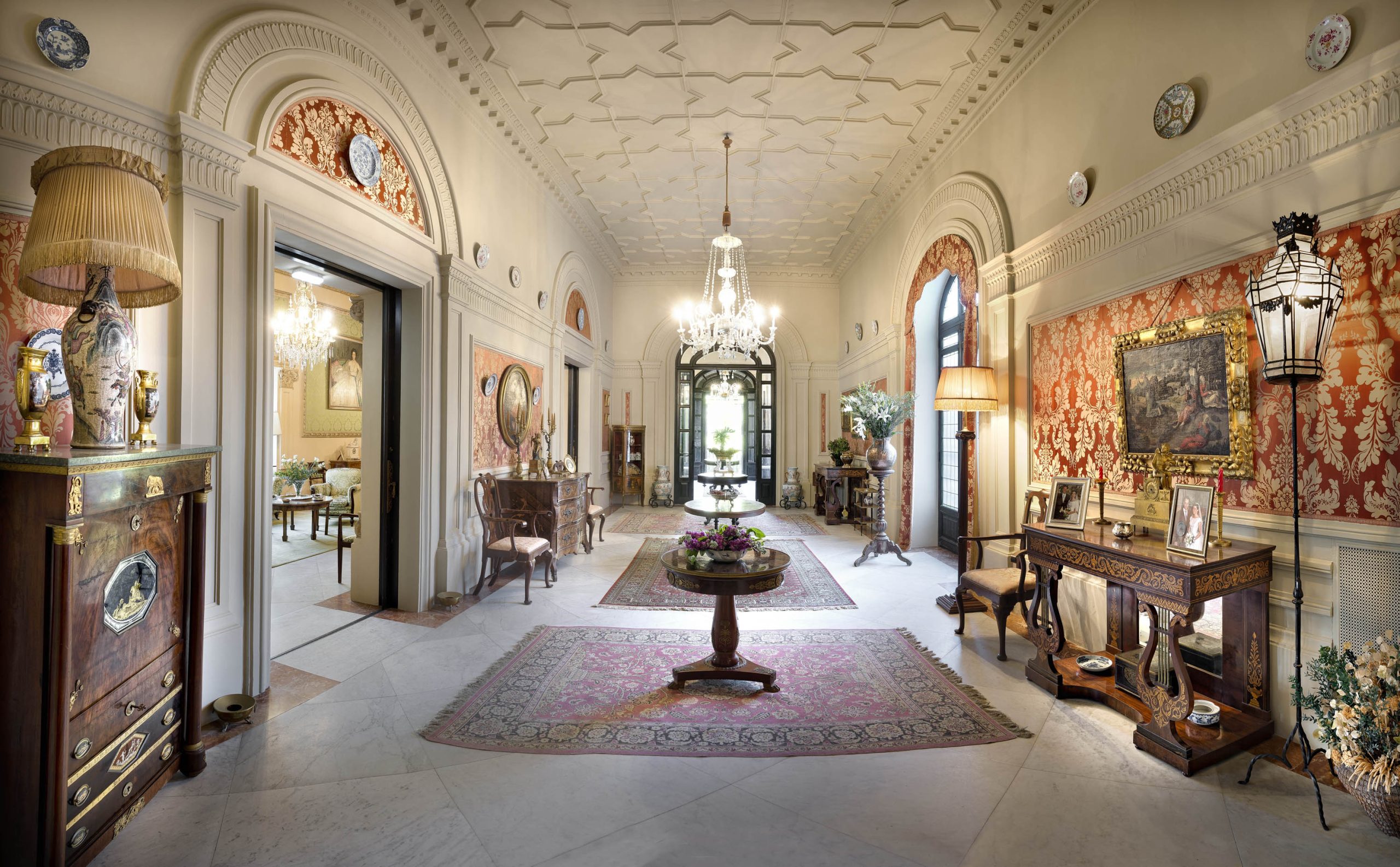Palacio del Virrey Laserna
Spain
Palacio del Virrey Laserna, also known as the Palace of the Conde de los Andes, has been passed down through generations, since the conquest of Jerez by Alfonso X known to history as “The Sage”, in the second half of the 13th century. It is located in the heart of the historic center of Jerez de la Frontera.
It owes its name to General José de la Serna y Martínez de Hinojosa, 1st Conde de los Andes, a hero of the War of Independence and the last Viceroy of Peru and Spain in America. He lived in this house in the late eighteenth century and early nineteenth. Other distinguished members of the family were D. Francisco Moreno y Zuleta , VI Conde de Los Andes, Minister of Economy and Finance during the reign of Alfonso XIII, Head of the Royal House in exile and executor of HM; and the VII Conde de Los Andes, Francisco Moreno y Herrera, writer, politician and member of the Privy Council of Juan III .
The building has undergone many alterations. Its construction is from the time of the Moors. The foundations are from that era and other remains have been found after renovations. The Palace acquired its neoclassical imprint in the late 18th and early 19th centuries, when the aristocracy finally settled into the Royal Court and in other cities and their life ceased to be itinerant. As a result, the Palaces increased their number of rooms, the furniture became richer and heavier, and artistically adorned in response to a more intense social life.
The last renovations of the Palace took place for the canonical coronation of the “Virgen Del Carmen”, in April 1925. A wing was added to the house to accommodate guests. Amongst the guests were H. M. King Alfonso XIII and the whole of the government who came to attend that event. These are the rooms that are now used for accommodation.
The beautiful architectural design of the Palace has a neoclassical style, with traces of earlier periods. It has spacious rooms, exquisite decoration, and an unrivaled collection of classic furniture and valuable paintings. It represents the grand way of living of the Andalusian aristocracy.



